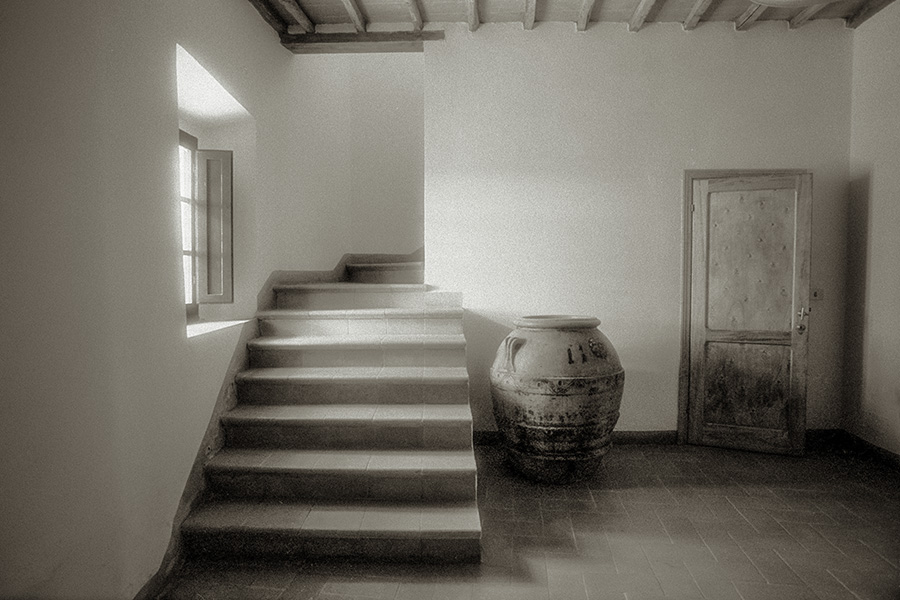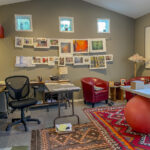Just before high end digital cameras came into being, most photographers got scanners to facilitate digital deliver to clients. For a while there service bureaus, remember those? Designers would take film there to be scanned as well as get other digital output stuff. The going rate for a 50meg scan was $50. Photographers said hey, we should be doing that and get the bucks and maintain control over the look and access to their work. The scanner market basically looked like this… low end (under $3000) and high end drum scanners at $75k and in the middle was Imacon. Their scanners ranged in price from $5k to $18k. Many of us, me included, went for Imacon. I gulped when I bought a machine that cost as much as my car. I did get a little break with a floor model for $17k. But with the volume of film I was pushing through it and charging what the service bureaus were charging, it was paid for in 6 months. It is a very nifty machine and can scan large files at a fast rate. And it has a very sophisticated interface that allows for very subtle changes. It also has a high D max or the ability to suck out all the detail from the shadows while holding precious information in the high lights. My then assistant did most of the scanning as I was still learning the nuances of the digital work flow. But one day in 2005 or 06, after hours in the darkroom fussing with a print I had an epiphany. I was working on this image I had shot in Tuscany in October of 1999. I was trying to open up the deep shadows of the image and hold the high lights down as best I could. Lots of dodging and burning, and lots of silver paper. I never quite got it to work, so I said close enough. While the prints were washing, I decided to scan the neg and see what I could get. Fifteen minutes later I was looking at the image on the monitor exactly how I envisioned it. I knew at that moment, my dark room days were numbered.


Of course some of the difference is the first image is a flatbed scan from the darkroom print. On textured paper. So some detail was lost in that process.
But the second image is clearly sharper and has a much longer and more fluid tonal range. Now which is the better image? I guess that part is personal. There is a rustic quality to the dark room print. But I closed my darkroom in 2006 and the scanner is now the only way to bring life to my 20+ year old film. I just hope my Imacon never breaks down.
m

